
Marketers face a tough problem: tracking ad performance across platforms like TikTok, Instagram, and YouTube. Each platform has different data, metrics, and tracking methods, making it hard to get a clear picture of what’s working. This is critical because digital ads now account for over 75% of global media spending, with CPMs ranging from $3.20 on TikTok to $50 on YouTube.
Key challenges include:
- Scattered data: Every platform uses different reporting styles, forcing manual data consolidation.
- Attribution confusion: Models like last-click or first-click give conflicting results, making it unclear which platform drives conversions.
- Delayed data: Real-time decisions are tough when data updates take 24–48 hours.
- Platform-specific metrics: Metrics like video completions (TikTok) or view-through rates (YouTube) don’t align for easy comparison.
- Privacy laws: Stricter regulations and the decline of third-party cookies make tracking harder.
Solutions: Use automated tools like RedTrack or Hyros for unified reporting, try advanced attribution models, focus on real-time analytics, and adopt privacy-first tracking methods like server-side tracking. With the right tools and strategies, marketers can optimize ad spend and measure campaign success effectively.
How to build your cross channel marketing analytics platform within 30 minutes - NO SLIDES
Main Challenges in Cross-Platform Ad Tracking
Navigating the world of cross-platform ad tracking is no easy feat. Marketers face a maze of obstacles that can heavily influence the success of their campaigns. When budgets are tight and every dollar matters, these challenges demand precise solutions to ensure campaigns deliver the best possible return on investment (ROI).
Data Scattered Across Platforms
One of the biggest headaches for marketers is dealing with data that's siloed across multiple platforms. Every platform has its own dashboard, terminology, and reporting style, making it a nightmare to bring everything together. For example, what Facebook calls "Cost Per Result" might be labeled as "Cost Per Action" elsewhere. These inconsistencies force marketers to spend hours manually consolidating data into spreadsheets - a process that's not only time-consuming but also prone to errors.
Without standardized tracking parameters like UTM codes, data remains scattered and hard to analyze. This often results in incomplete attribution and missed opportunities for optimization. The lack of consistency across platforms creates a fragmented foundation, making it even harder to tackle other challenges, like attribution.
Complex Attribution Models
Attribution models are another major pain point. These models determine which touchpoint gets credit for a conversion, but the rules vary widely. Whether it’s Last Click, First Click, Linear, or Data-driven attribution, each model paints a different picture of campaign performance. To complicate matters, platforms often favor models that make their own performance look better.
For instance, "First Click" attribution can make Facebook look like the hero, while "Last Click" attribution often works in Google Ads' favor. Meanwhile, "Linear Attribution", which spreads credit evenly across all touchpoints, might tell an entirely different story. These inconsistencies can inflate metrics and leave marketers scratching their heads, unsure of which channels are genuinely driving results. On top of that, delays in data availability only add to the confusion.
Delayed Access to Real-Time Data
Timely data is critical for optimizing campaigns, but manual tracking methods often cause delays. While platforms like TikTok and Instagram update their dashboards throughout the day, pulling this data into external tools can take 24–48 hours. For high-stakes campaigns - think Black Friday sales or major product launches - these delays can be costly. Marketers may waste budget on underperforming channels simply because they can’t make adjustments quickly enough.
Time zone differences and varying reporting schedules add another layer of complexity, creating a patchwork of data availability that slows down decision-making. These delays make it even harder to act on insights, especially when combined with platform-specific metrics.
Platform-Specific Metrics and Integrations
Every advertising platform has its own way of measuring success, and these differences make it tough to compare performance across channels. For example, TikTok focuses on video completion and engagement metrics, Instagram emphasizes story completions and save rates, and YouTube prioritizes view-through rates and subscriber growth. While these metrics are valuable for optimizing within each platform, they don’t translate easily across platforms, leading to apples-to-oranges comparisons.
Adding to the challenge is the lack of standardized APIs. Some platforms offer robust data export options, while others limit access to key metrics or impose strict rate limits. This forces marketers to choose between having comprehensive data and getting timely insights. These technical hurdles, combined with growing privacy restrictions, make integration even more difficult.
Privacy and Compliance Restrictions
Privacy regulations have fundamentally reshaped how marketers track ads across platforms. It’s no longer just about compliance - it’s about adapting to a new standard in digital advertising. By 2025, eight more U.S. states are expected to roll out privacy laws similar to the California Consumer Privacy Act (CCPA). Meanwhile, Brazil’s General Data Protection Law (LGPD) is set to introduce stricter penalties for violations. These regulations limit data collection and often require explicit user consent, reducing the amount of data available for tracking.
The decline of third-party cookies and mobile advertising IDs has made it even harder to follow users across devices. For instance, if someone sees a TikTok ad on their phone but completes a purchase on their laptop, linking those interactions becomes a major challenge without proper consent mechanisms.
Global campaigns face additional hurdles due to data localization requirements. Some countries mandate that consumer data be stored locally, which can force businesses to set up separate tracking systems for different regions. On top of that, as consumers become more privacy-conscious, opt-out rates rise, leaving gaps in the data that further weaken attribution models. While leveraging each platform’s native reporting is important, marketers must also adopt a broader attribution approach that goes beyond individual platforms.
Solutions and Best Practices for Cross-Platform Ad Tracking
Addressing the challenges of cross-platform ad tracking requires a mix of strategies and tools tailored to your business needs. Below are some effective approaches:
Use Automated Ad Tracking Platforms
Automated ad tracking platforms consolidate data from various sources into a unified dashboard. These platforms leverage AI algorithms to identify trends, optimize ad spend in real time, and detect fraudulent activity. Considering the vast scale of digital advertising - businesses spent over $601 billion on ads in 2023, with projections reaching $870.9 billion by 2027 - such tools are indispensable. Brands using these platforms have reported a 7.5% annual reduction in cost per contact.
When selecting a platform, prioritize features like real-time analytics, fraud detection, and AI-driven optimization. Here’s a quick look at some options:
- RedTrack: Starts at $149/month
- Voluum: From $99/month (annual plan)
- Triple Whale: Free plan available; Starter plan costs $1,490/year
- Hyros: Starts at $230/month
- Bemob: From $49/month
Apply Advanced Attribution Models
Multi-touch attribution models help distribute credit accurately across customer interactions. Experiment with options like linear, time-decay, or position-based models to find the one that best aligns with your customer journey.
Integrating data from sources such as social media, email campaigns, and website analytics through Customer Data Platforms (CDPs) creates a comprehensive view of your marketing performance. Consistent tracking across channels is crucial, and fostering collaboration between marketing, sales, and IT teams ensures insights are effectively shared. Regularly analyze the collected data to identify weak spots and reallocate resources for better results.
Set Up Real-Time Analytics
Real-time analytics eliminates the typical 24–48-hour delay in data reporting, enabling you to monitor campaigns as they unfold. With this setup, you can quickly adjust bids, reassign budgets, and tweak creative elements. Start by defining clear objectives and integrating all relevant ad platforms into a centralized data repository. Use intuitive dashboards with automated alerts for significant changes.
Track key metrics that align with your business goals, such as traffic sources, conversions, bounce rates, and user behavior patterns. Setting up custom alerts for events like traffic surges or a drop in conversions, along with monitoring website performance (e.g., page load times), helps you address issues before they escalate.
Install Cross-Device Tracking Solutions
Cross-device tracking solutions help create unified customer profiles, seamlessly following users across devices. By implementing cross-device IDs, you can connect data from mobile devices and connected TVs (CTV) into a cohesive measurement framework. Platforms offering server-side tracking or UTM-based methods can also help mitigate the impact of iOS restrictions.
Choose platforms that support multiple attribution models - such as first-click, last-click, and multi-touch - to capture a full picture of the customer journey. Here are some options:
- TapClicks: $99–$649/month
- Northbeam: Starts at $1,000/month
- ThoughtMetric: Begins at $99/month for 50,000 pageviews
Focus on Privacy-First Tracking Strategies
With privacy regulations becoming stricter, adopting privacy-first tracking practices is essential. Start by prioritizing first-party data collection through email sign-ups, surveys, and on-site interactions. This approach builds a compliant and reliable data foundation.
Implement transparent consent management systems to ensure users are informed. Consider server-side tracking as an alternative to browser-based pixels - this reduces reliance on cookies while maintaining data accuracy. Many modern platforms now include built-in privacy features to simplify this transition.
"eliminating friction is more important than engagement." – Ryan Bartley, Staples
sbb-itb-3858882
Manual vs. Automated Tracking Methods Comparison
When it comes to cross-platform ad tracking, understanding the differences between manual and automated methods is key. The choice between using spreadsheets and automated platforms boils down to accuracy, scalability, and long-term cost efficiency. While spreadsheets may seem like a cheaper option at first, the hidden costs of errors and inefficiencies can quickly add up as campaigns grow.
Here’s a striking fact: manual data entry has an error rate of up to 4%, whereas automated systems can achieve an impressive 99.5% accuracy in tasks like processing invoices and financial statements. This difference becomes critical when managing ad budgets that span thousands of dollars across multiple platforms.
Time is another major consideration. Automated tracking can cut routine tasks from over 4 hours to just 20 minutes. This efficiency allows teams to spend more time on strategy and optimization rather than getting bogged down in repetitive data entry.
The financial benefits of automation go beyond saving time. Businesses that adopt automation have reduced process costs by as much as 37%, with some reporting labor cost savings of up to 80%. Although the initial investment for automation can be steep - sometimes reaching $100,000 - it often results in annual savings of around $30,000 through reduced labor and error correction costs.
Comparison Table
| Feature | Manual Tracking (Spreadsheets) | Automated Tracking Platforms |
|---|---|---|
| Data Entry | Manual, time-intensive, and error-prone | Automated, real-time data collection with fewer errors |
| Accuracy Rate | Up to 4% error rate | 99.5% accuracy in specialized tasks |
| Scalability | Limited; struggles with large datasets | Easily handles large-scale data |
| Real-Time Data | Requires manual updates | Real-time integration via APIs |
| Analytics | Basic tools like formulas and pivot tables | Advanced analytics, predictive insights, and cross-platform comparisons |
| Initial Investment | Low upfront costs | Higher upfront costs ($1,000 to $100,000+) |
| Ongoing Costs | High labor and error correction expenses | Lower operational costs over time |
| Required Expertise | Basic spreadsheet knowledge | Specialized training for platform use |
Scalability is where automated systems truly shine. While manual tracking might suffice for small campaigns, it quickly becomes unmanageable as data grows. Automated tools, on the other hand, maintain accuracy and efficiency even with large datasets. For businesses managing multiple platforms and significant ad budgets, the time and cost savings of automation often make the higher initial investment worthwhile. This sets the stage for exploring how these tools integrate seamlessly with modern cross-platform strategies.
Conclusion: Staying Ahead in Cross-Platform Ad Tracking
The world of digital advertising is changing fast, and keeping up means staying sharp and adapting quickly. By 2025, global media ad spending is expected to surpass $1 trillion, with digital ads making up over 75% of that total. The Cross-Platform and Mobile Advertising Market is also projected to hit $871.86 billion by 2032, growing at an impressive annual rate of 23%. These numbers highlight just how high the stakes are for advertisers.
But with opportunity comes complexity. From fragmented data across platforms to intricate attribution models and new privacy restrictions, the challenges for marketers are mounting. The old ways of manually tracking and analyzing campaigns just can’t keep up in an environment where precision and speed are everything.
The solution? Automation and smarter analytics. Christopher Pope, Senior Director of Data and Measurement at Cint, puts it perfectly:
"The best way to formulate your cross-platform study KPIs is to really evaluate what your media campaign is intending to achieve and match your KPIs to these objectives".
By aligning campaign goals with key performance indicators (KPIs) and leveraging automated tracking tools, marketers can shift their focus from tedious manual processes to what truly matters - delivering results. Using a unified dataset and methodology for measurement provides a clearer and more accurate view of campaign performance.
Privacy-first strategies and first-party data collection are no longer optional - they’re essential. Addressing data fragmentation and attribution challenges is critical for effective ad tracking. With 56% of marketing professionals ranking brand lift as their top performance metric, having reliable and compliant tracking systems is the key to proving real impact.
Examples from leading brands show the power of advanced cross-platform strategies. Take Nike’s "Winning Isn't For Everyone" campaign during the Paris Olympics, which generated 12 billion impressions and over 4 billion global views. Or Jameson’s St. Patrick’s Eve campaign, which increased household penetration by 7% and drove an 8% year-over-year sales boost in key markets. These campaigns demonstrate the value of staying agile and continually refining strategies to meet the demands of an ever-evolving landscape.
As the industry shifts, staying informed is non-negotiable. Platforms like AdWeek provide critical insights into new measurement technologies, campaign strategies, and regulatory changes that affect tracking capabilities. With over 5.24 billion active social media users projected by 2025 and programmatic ad spending forecasted to surpass $200 billion by 2026, the complexity of ad tracking will only grow.
To stay ahead, marketers need to invest in the right tools, prioritize high-quality data over sheer volume, and focus on actionable KPIs. This combination of automation, expert guidance, and a clear strategy sets industry leaders apart from those still struggling with outdated methods. The future belongs to those who can turn cross-platform challenges into opportunities for growth and success.
FAQs
What’s the best way for marketers to combine data from multiple ad platforms to get a full picture of campaign performance?
To fully understand how a campaign is performing, marketers can bring together data from multiple advertising platforms into one centralized system. This is where cross-platform analytics tools come in handy - they gather and organize information from all your channels in one place. These tools make it easier to spot patterns, improve performance, and maintain consistency across campaigns.
On top of that, creating automated dashboards and setting up regular reporting schedules ensures your data stays accurate and accessible. This setup allows you to monitor progress over time without extra hassle. By streamlining data in this way, marketers can uncover actionable insights and make smarter decisions to enhance their campaigns.
What are the benefits of using automated tools to track ad performance across multiple platforms compared to manual methods?
The Benefits of Automated Ad Tracking Tools
Automated ad tracking tools offer a range of benefits that make them a game-changer for managing cross-platform campaigns. Unlike manual tracking, these tools minimize the chances of human error, ensuring your data is accurate and consistent across platforms like Instagram and TikTok. This level of precision provides marketers with better insights, helping fine-tune ad performance.
Another big advantage is real-time tracking. Automation allows marketers to spot trends as they happen and make quick adjustments to maximize ROI. On top of that, these tools streamline reporting, cutting down on time spent on repetitive tasks and freeing up teams to focus on crafting effective strategies. For businesses navigating the complexities of digital advertising in the U.S., automated tracking tools are a must-have resource.
What challenges do privacy regulations and the phase-out of third-party cookies create for cross-platform ad tracking, and how can marketers overcome them?
The tightening of privacy regulations and the move away from third-party cookies have created challenges for marketers. Tracking user behavior across platforms is now more difficult, making it harder to serve personalized ads and measure campaign results accurately.
To navigate these changes, marketers can focus on first-party data by gathering insights directly from their own websites, apps, and other owned platforms. Another option is to use privacy-compliant contextual targeting, which tailors ads based on the content of a webpage rather than relying on individual user data. Additionally, implementing new identity solutions, like unified ID frameworks, can help maintain audience connections while respecting privacy rules.
By adopting these approaches, marketers can continue to engage their audiences effectively while aligning with the latest privacy requirements.















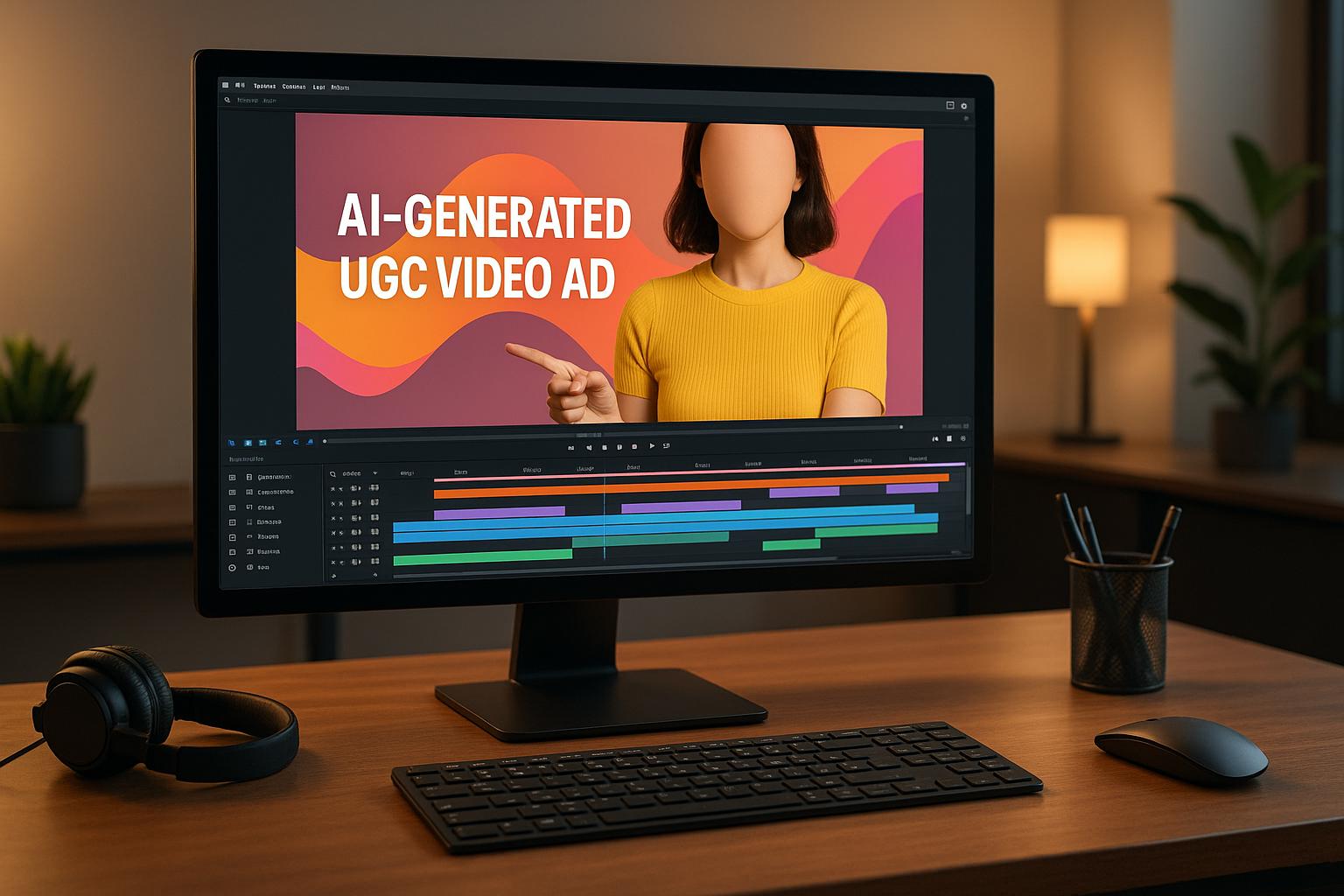

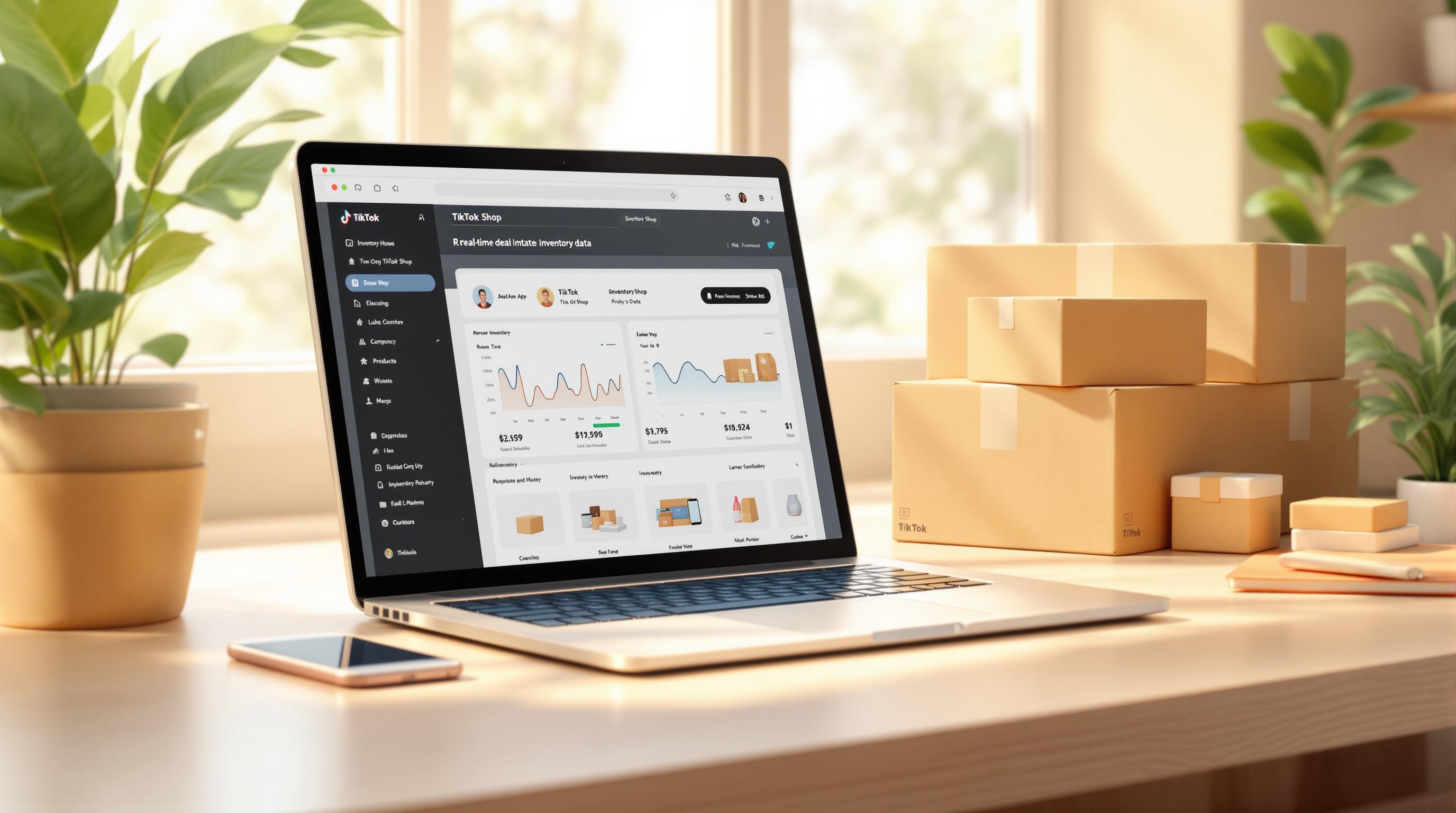



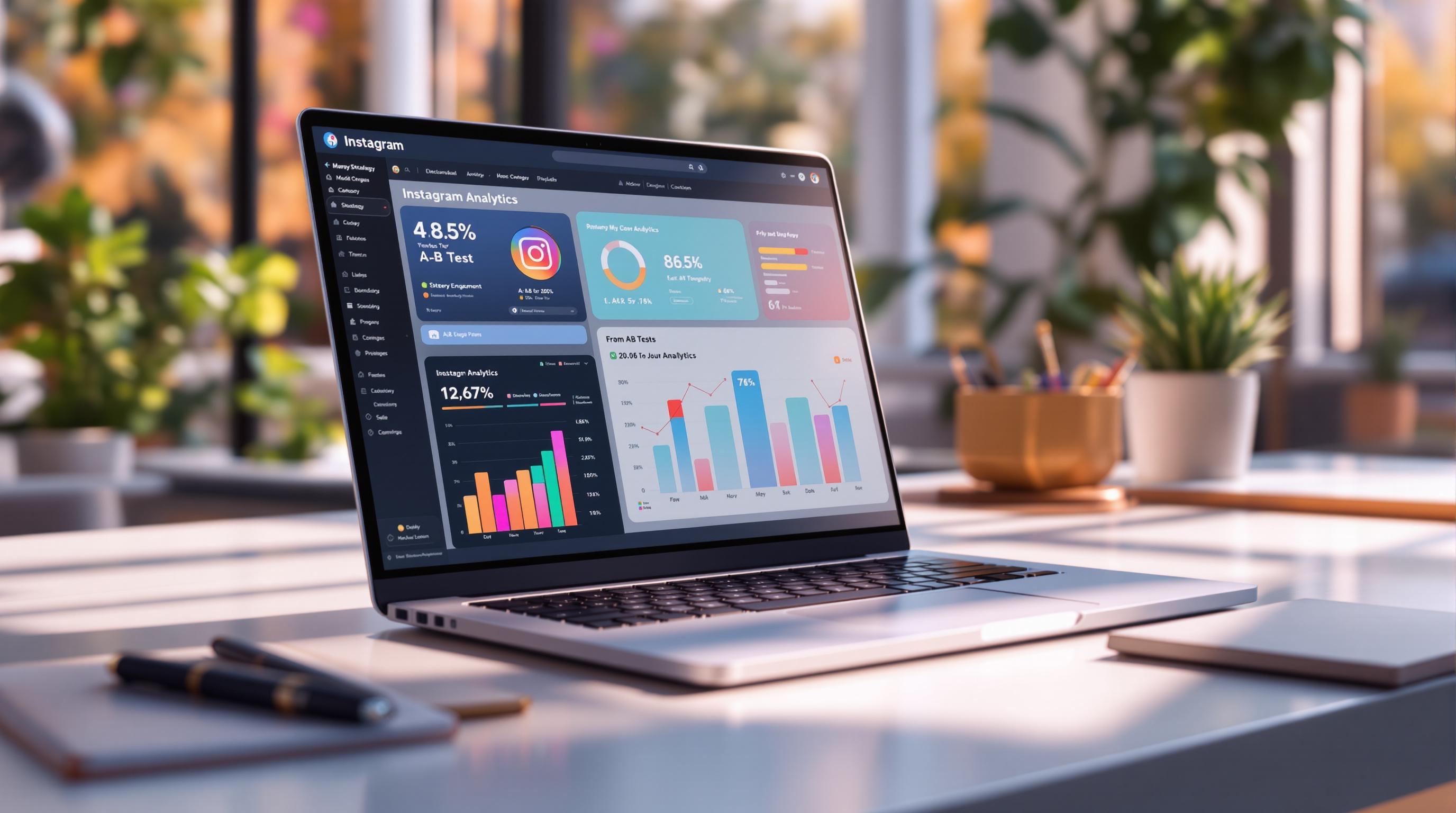














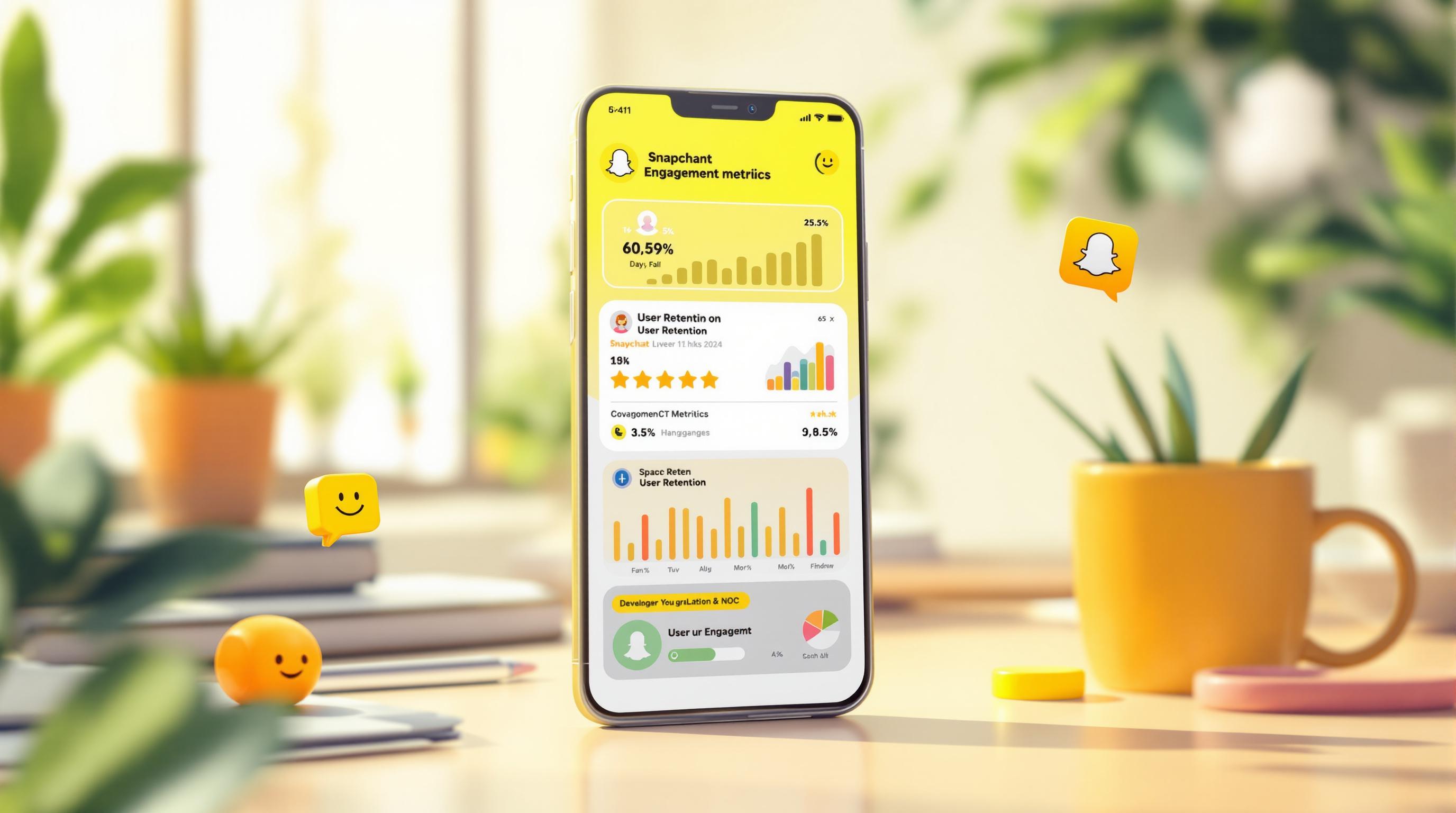

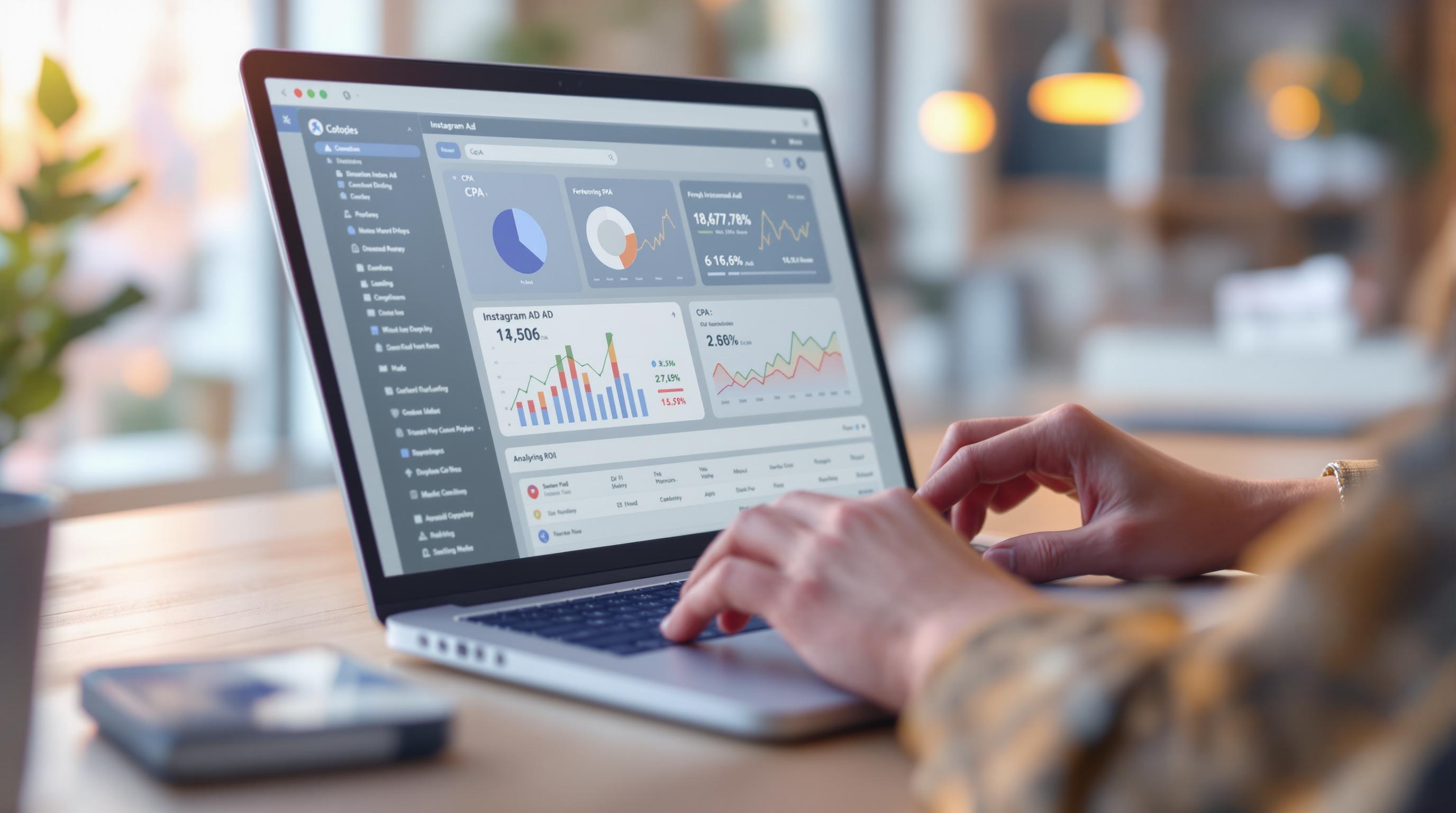

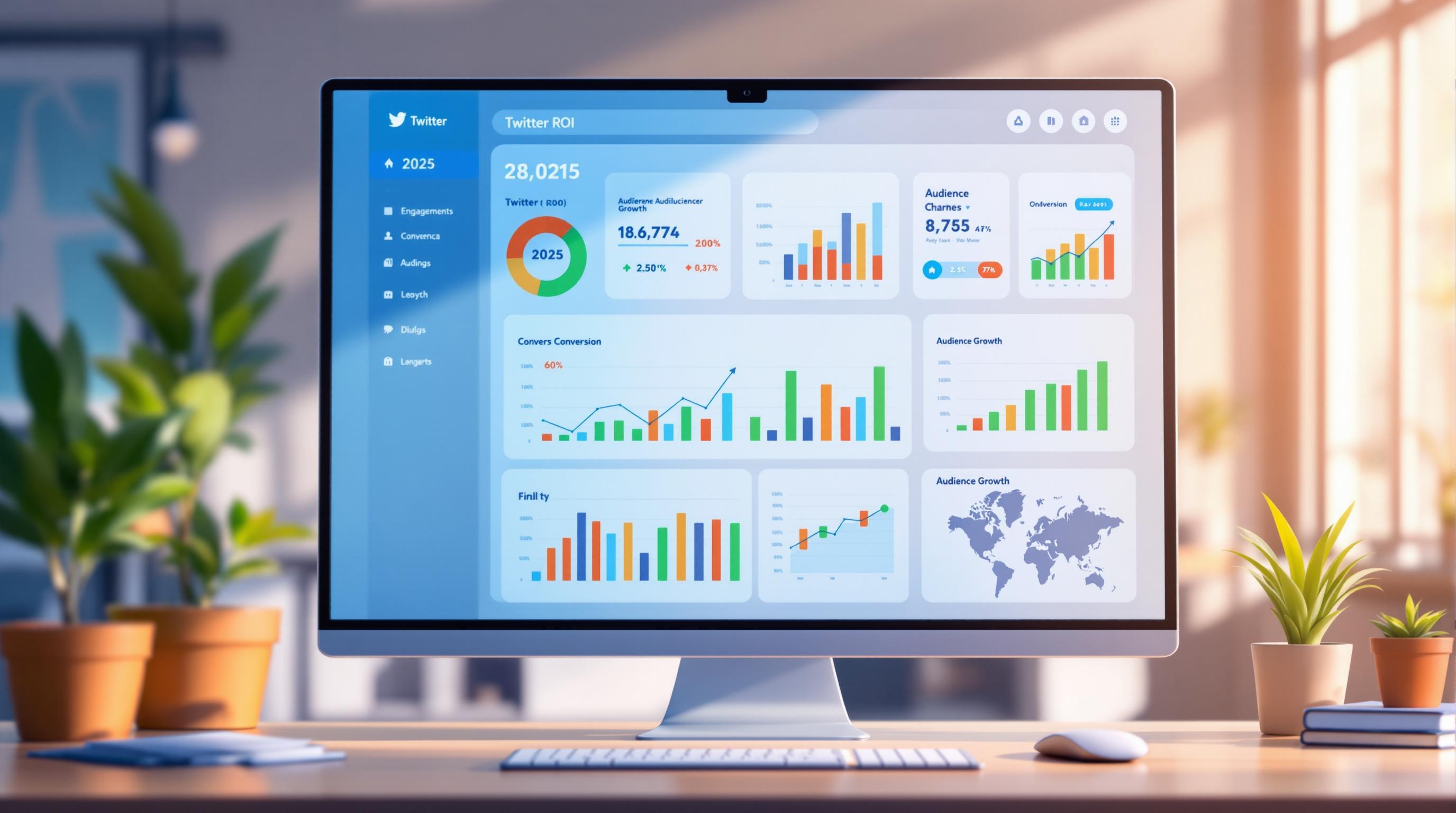



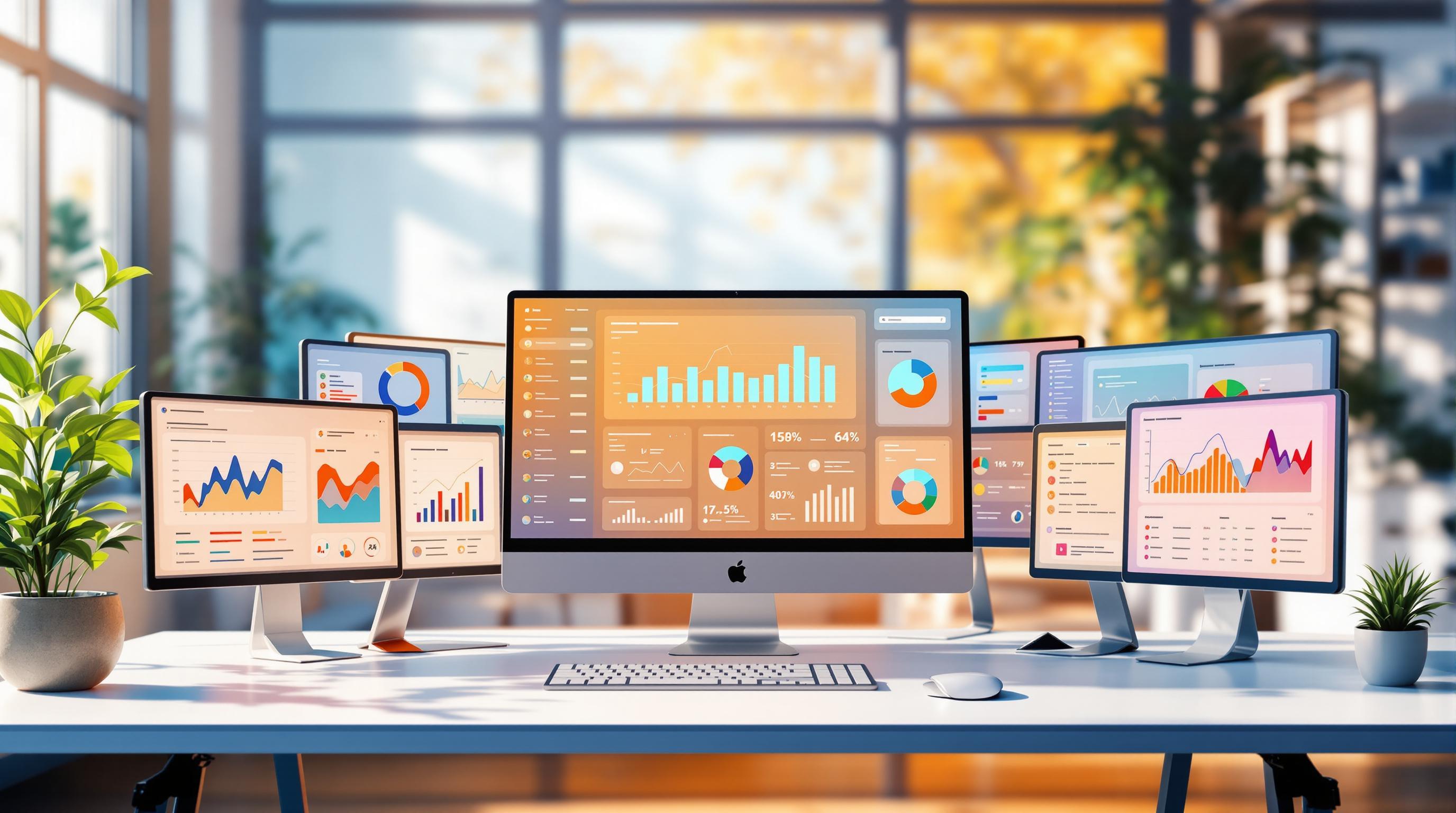





![Top 7 Best Instagram Growth Services in 2025 [RESULTS]](/cdn-cgi/image/fit=contain,format=auto,width=null/https://cdn.prod.website-files.com/67840d1d88a886f29a66a4c1/6795d12917ee4501b9eddf73_6795c731964f791db3b566c4-1737870861582.jpg)
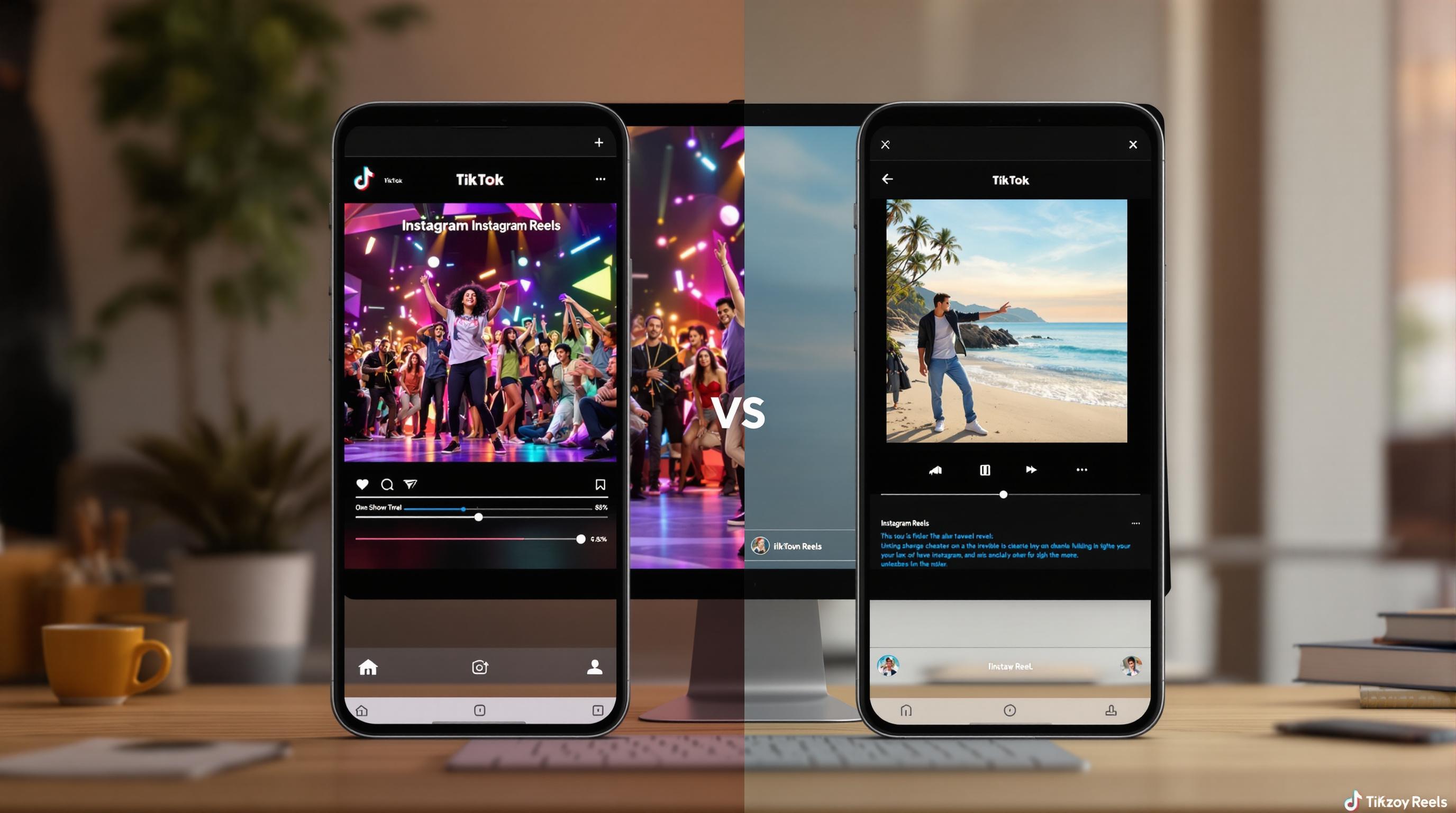
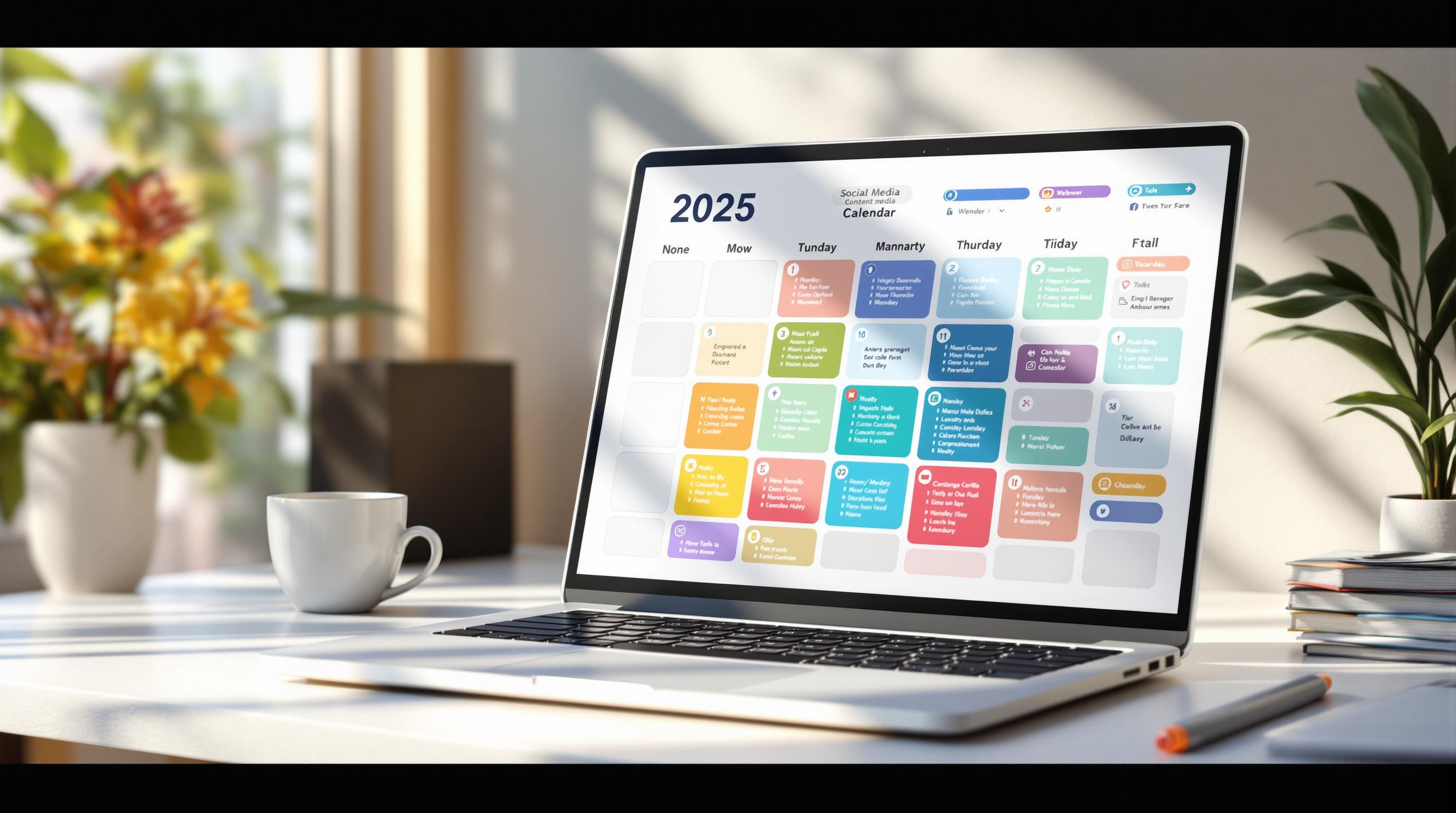
![UpGrow Review – The Best Instagram Growth Service in 2025 [TESTED]](/cdn-cgi/image/fit=contain,format=auto,width=null/https://cdn.prod.website-files.com/67840d1d88a886f29a66a4c1/6795040db42e404207732526_6794fd9c964f791db3b48de9-1737818779111.jpg)


